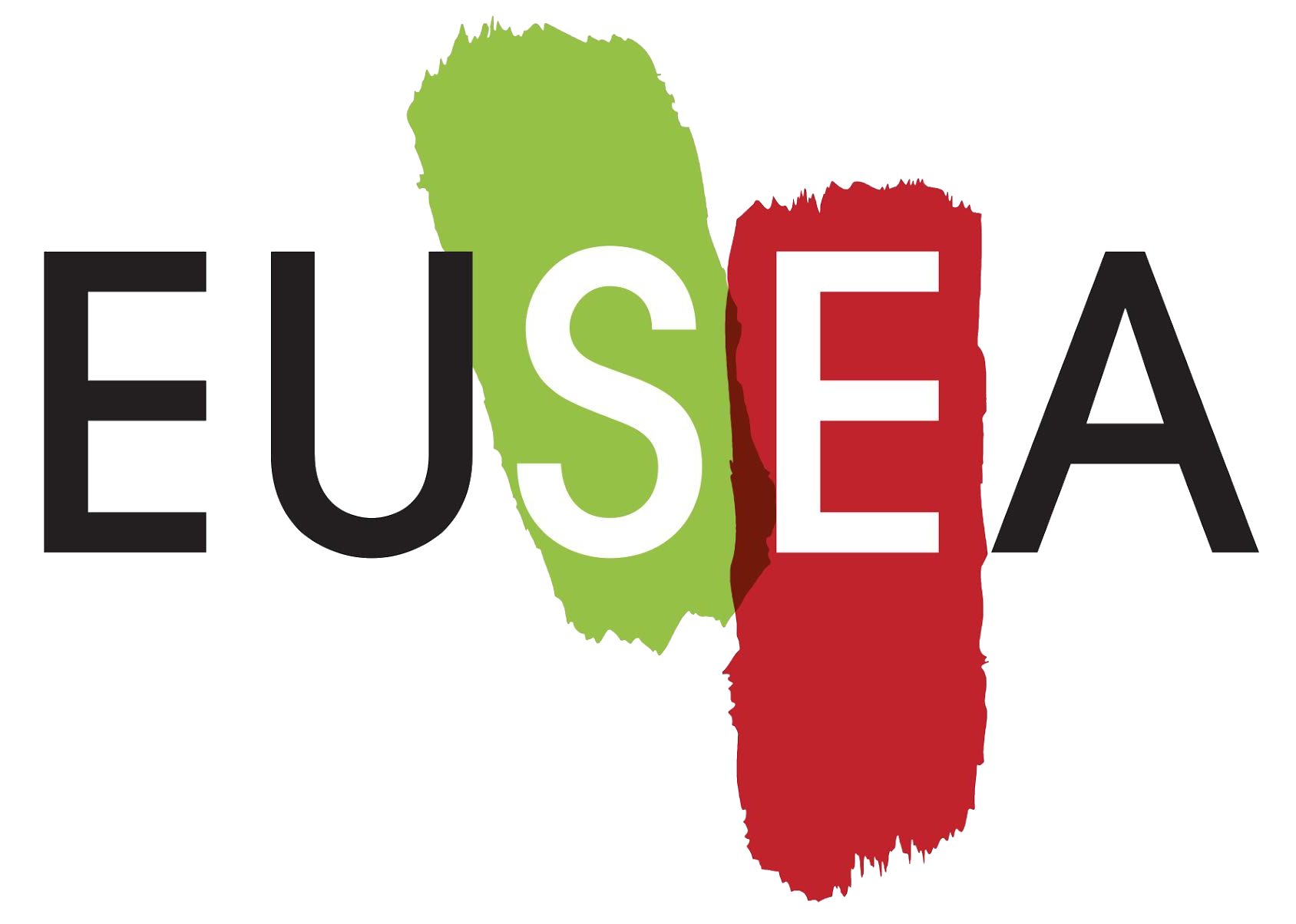Description
A major problem with science in the public realm: It comes off too dry, long-winded – it plainly turns people off. The wonders of science, methods, results, perspectives are neither being understood nor appreciated. Even worse: Public money which is being spent on funding research finds no way of being assessed by the citizens and taxpayers.
However, we have observed in the past couple of years that the presentation of science is taking a new tack, injecting it with some wit and fun.
This is important because humans learn much better in joyful environments, and it also ignites creativity.
But who says that a science cabaret is just about comedy? why not also apply some satire and parody to our science? After all, science, research and technology are conducted by men and women, who commit mistakes, are driven by egos, exert a lot of power which at times is very poorly controlled by the checks and balances in a democratic society.
So here it comes, a broad-based roll-out of clowning, comedy, cabaret—with a spice of satire.
Target Audience
- Adult citizens
- Children 3-6
- Children 7-12
- Teenagers
You can do it with all those groups, but we did it with professionals from different fields like public engagement or the cultural and creative sector.
Benefits
Benefits
Humour addresses a whole spectrum of emotions, which is one of the reasons why many people go about humour so cautiously. And this is exactly the reason why so many scientists are so cautious about using it, as they are worried about muddying the waters of people’s understanding and risk people not taking the subject seriously.
However, as we demonstrate, emotions and arts are powerful tools to communicate science. This has been fully recognized by the renowned German Academy of Science and Technology Acatech. Acaech had a public session in which a stand-up comedian and organizer of Bavarian science slams ridiculed the communication of the organization as too nerdy and very difficult to comprehend for common citizens and laypeople.
Preparations
Project Timeline
| Time | Activity |
| Months in advance |
|
| Weeks in advance |
|
| On the day |
|
Single Event Structure
| Time | Activity |
| 0-15 mins |
|
| 15-75 mins |
|
| 75 – 120 mins |
|
Personnel roles
| Person | Activity |
| Core Team |
|
| Active Participants, Actors, Moderator |
|
Comments
Regular evaluation of these events should be customary. This could be part of discussions and debates with the audience after a performance, by measuring the applause as known from science slams, by having a jury (in poetry slams), by circulating paper sheets or electronic means. The evaluation must be a standard procedure to assess the progress of this new format, also in terms of sharpening the profile of this newcomer.
Resources
Anxiety Clowns and Buffoons: http://netzwerk-gemeinsinn.org/der-angst-kasper/
Vince Ebert: https://www.vince-ebert.de/keynote-speaker/
Big Van: http://www.bigvanciencia.com/
Additional reading
German National Academy of Science and Engineering acatech and its Carnival Event (in Bavarian)
A book published with Springer will be on the market in 2019 on Humour in Science, author of this template is the co-editor.





